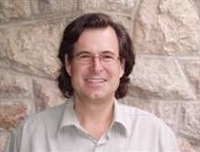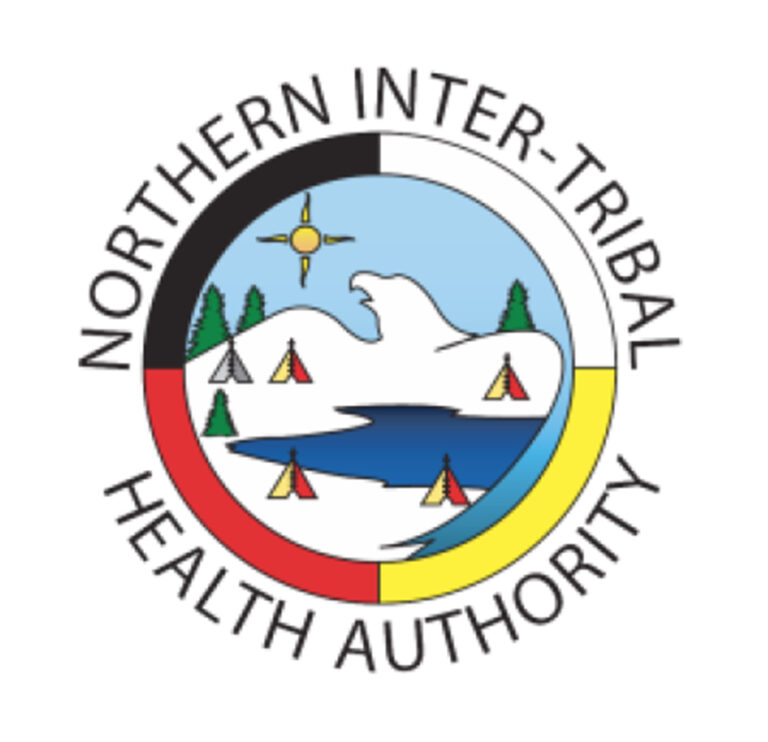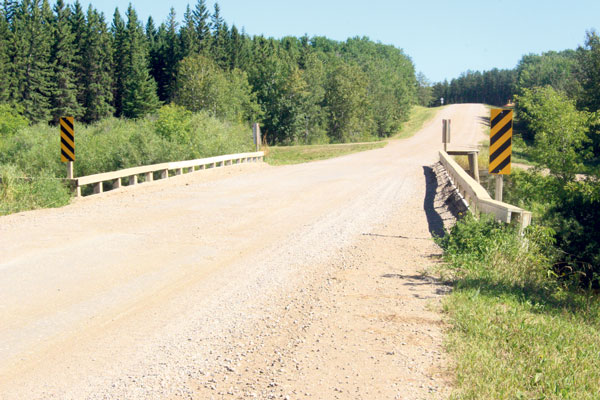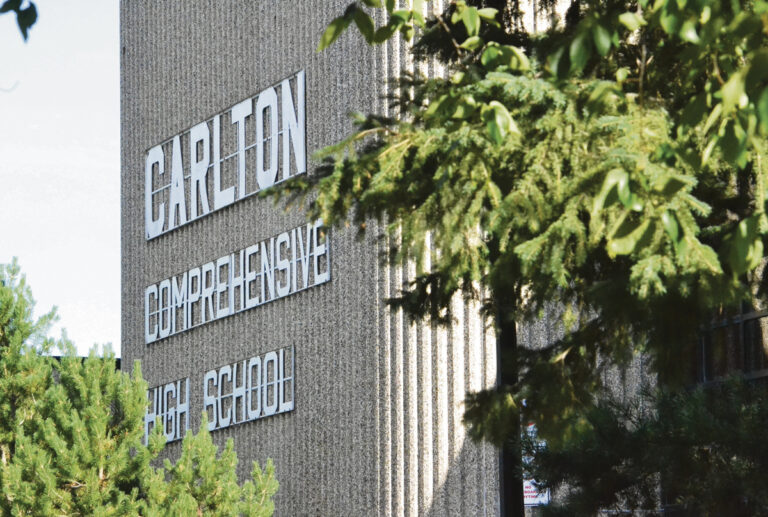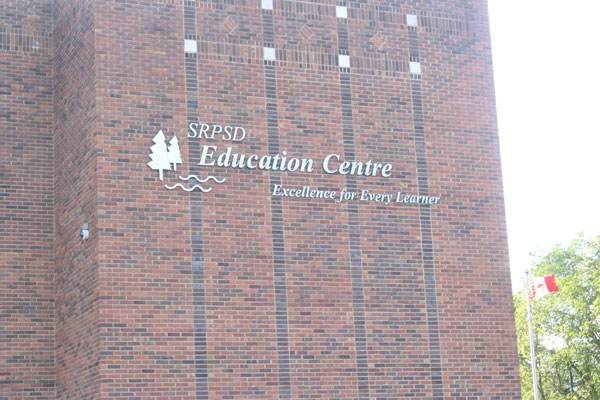Saskatchewan Premier Scott Moe said vaccination numbers for both the Pfizer and Moderna vaccines are improving after a holiday slowdown. Pfizer recently announced that doses would be slowed due to a situation at a factory and Moe reiterated a point made by Ontario Premier Doug Ford in a press conference earlier in the day.
“I think Premier Ford made some comments about what he would urge the Prime Minister to do and that was to find someone if not the CEO of Pfizer and maybe light a firecracker up his yin-yang I believe was the words that I heard. He did say that … if the Prime Minister was able to do that there would be a lineup of premiers behind and I would bring a lighter,” Moe said.
Moe gave credit to healthcare workers for and policy changes for the improvement in vaccination numbers.
“In the past week we have administered vaccines in long term care facilities in a number of communities throughout the province and to many other people aged 70 and over in those very same communities. As a result we were able to deliver about 15,000 vaccination shots this past week,” Moe said.
He explained that Saskatchewan is currently second on a per capita basis to Prince Edward Island on delivery of vaccinations.
“In fact, if Saskatchewan were a country our pace of vaccines delivered would now be in the top ten among all countries worldwide. So that is very good news. And we will continue to deliver vaccines as safely and as quickly and as efficiently as possible just as soon as we are able to receive them from the federal government.”
The provincial NDP took issue with the way vaccines have been rolled out. During a press conference Tuesday, they cited a situation at a Regina assisted living resident where leftover vaccines were divvied up by drawing names from a hat.
NDP deputy leader Nicole Sarauer said it’s a sign of a wider problem of a confusing and disorganized vaccine roll-out.
Administrator of the Qu’Aappelle House in Regina, Bev Desautels, doesn’t see it that way.
She told the Regina Leader-Post she requested enough doses to vaccinate all 75 residents and staff at the facility on Tuesday. But public health alerted her that morning they wouldn’t be vaccinating 15 assisted-living residents. The vaccine was only for those in long-term care, a higher level of care.
Yet there was enough vaccine left in vials already opened to make up six doses. Public health nurses didn’t want to waste the precious fluid, so they asked Desautels to pick six assisted-living residents to get the shot, she recalls. She’d have to leave nine unvaccinated and still at risk.
“They asked me to choose, and I said, no, I’m not going to choose,” she recalls. “So I put the names in a hat and the nurses pulled out names.”
The SHA said that the incident will be reviewed, but applauded staff for their ingenuity.
The slowdown of Pfizer shipments will mean only 2,925 more doses of the vaccine are delivered next week.
“Those doses will be delivered to Regina to Fort Qu’Appelle and to North Battleford. Where they will be administered to residents and staff in long term care as well as personal care homes. At the pace we are going and with the slowdown in deliveries from Pfizer we expect that Saskatchewan will run out of vaccines over the course of the next few days,” Moe said.
For the next month, the province will be receiving 17.5 thousand doses from Pfizer which is over half of what was expected.
“We did almost that many shots this past week alone. And just this morning Major General Fortin said that Canada is expecting more deliveries from Pfizer next week. So we are in the process of seeking clarification if that will further impact Saskatchewan’s total supply of vaccines over the course of the next four weeks,” Moe said.
According to Moe, the province will have to revise their vaccine rollout plan and needs the federal government to pick up the pace on deliveries as well as negotiations with Pfizer.
Moe expects life to return to normal after a significant portion of the province has received both doses of any of the vaccines available.
“I would encourage everyone to sign up to get vaccinated as soon as it is your turn and to continue in the meantime to follow all of the public health orders and the guidelines that are in place. We will get through this as we get more of our population vaccinated yes, but until then I am asking everyone to keep following all of these public health orders that are in place. Keep yourselves safe and keep those around you safe and keep your family safe,” Moe said.




